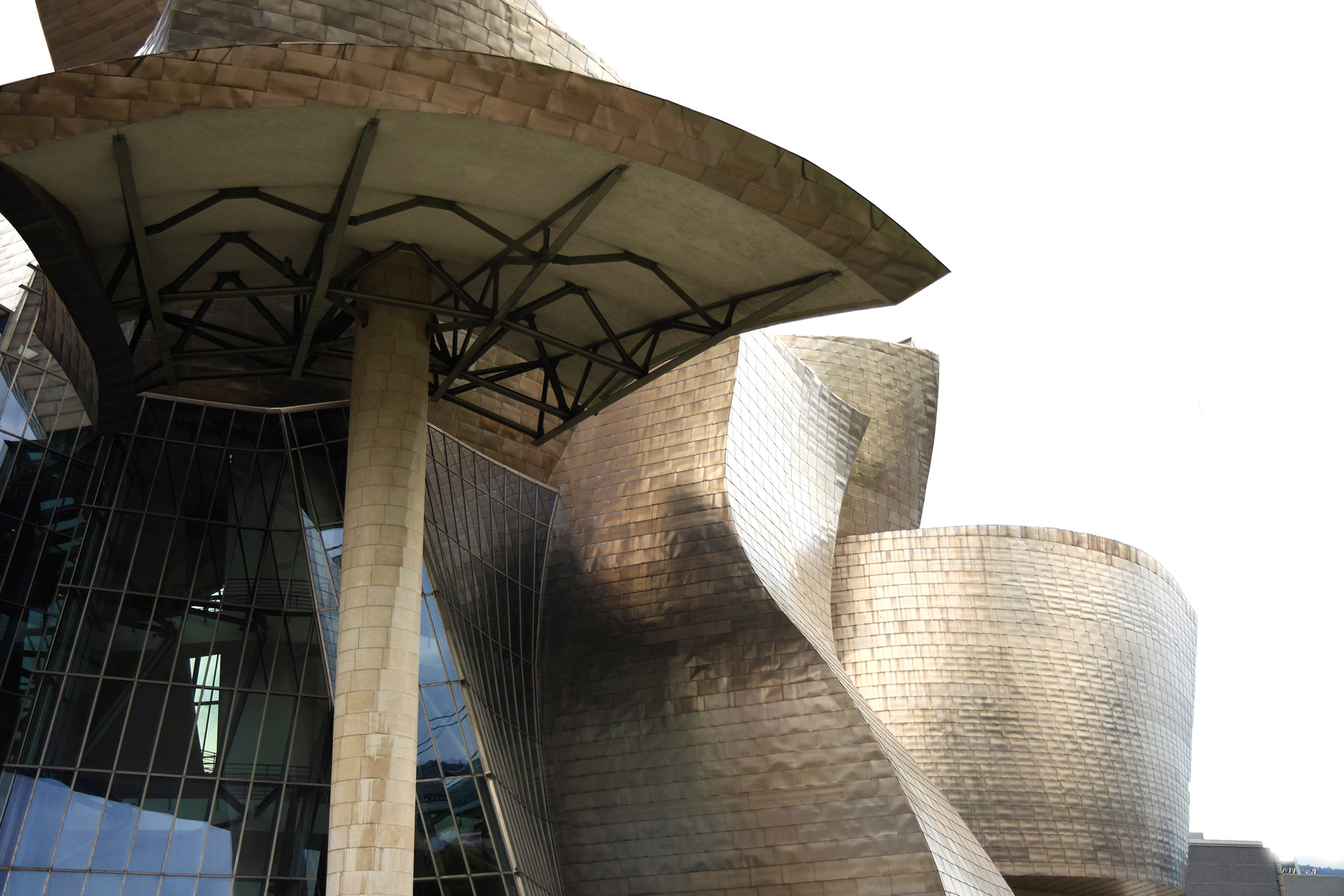Journal
Article
You can’t A/B-test your way to greatness
The value of design and innovation

Recent years have seen great developments in the design industry, with the practice achieving higher levels of maturity in verticals where it had been historically inexistent until not long ago, such as in Finance and Insurance, and in many places even earning a seat at the executive table.
More importantly, there has been a shift as to how design value and impact are perceived and promoted in business and government alike. Thanks to the "Design Thinking" frenzi, most organisations nowadays understand design as a core business competency. Influences from Agile (software development) and Lean (manufacturing) have brought much needed fresh air to the discipline.
The Startup community has also contributed to a change of panorama for established businesses - now much more aware of the threat by smart, nimble and rapid newcomers – where, beyond innovative business models, design is perceived as the differentiator factor.
Or is it?
The flatpack granny flat
Along with elevated maturity, the design practice has also benefitted from the advent of new, high-performing design production tools, enabling fast delivery turnarounds – all of which serving the quest for increasingly agile and repeatable processes, in ever shorter timeframes.
It's indeed very easy and incredibly fast these days to get started building digital products and services, with off-the-shelf design production tools providing in-built, ready-made libraries of User Interface (UI) elements, also known as design patterns.
Design patterns are common solutions to recurring problems. So, in architecture, for example, a common solution to the problem of sheltering people from the weather is a roof. To protect people from animals and intruders, walls are built. Then we need to let fresh air and light in, so we open some windows. To be able to move between rooms, or enter and exit a house, you need doors. Roofs, walls windows, doors, etc., are architectural design patterns.
When your design production tool comes loaded with UI patterns – think navigation bars, shopping carts, payment forms, etc. - slapping together the UI equivalents to roofs, walls, etc, and build some cool veeblefetzer app is a breeze.
It's also incredibly breezy to develop mediocre, formulaic solutions.
And frequently it's easy too to keep building one mediocre thing after another, mistaking what amounts to a line of flatpack granny flats for Frank Gehry's Guggenheim Museum, in Bilbao.
The Value of Design
Design thinking is supposed to mean something along the lines of "employing the way designers are trained to think – using abductive thinking to envision solutions – to create something new." Therefore, as someone else I can't remember put it, if you are using "best practices" or off-the-shelf design patterns, you really aren't creating anything new.
Resourceful designers, however, know how to look for solutions that reach beyond the dry Sea of Sameness.
In what was once a decrepit rust-belt region in Northern Spain, the Guggenheim Museum of Bilbao connects people with a higher sense of aesthetic. The intellectual stimulation fostered by that singular design intervention affirms unequivocally the notion of human freedom and progress
That is Design with capital D, crafted with true mastery: that single intervention completely changed the fate of an entire region, now attracting visitors from all over the world, millions of them every year.
Un-flatpack it
At Folk, we understand that not every project is the Guggenheim Museum. In an increasingly commoditised world, however, easy, cheap and fast may be an excellent solution if you are in the easy, cheap and fast market. Granted, innovation means different things for different organisations, depending on where they are in the design maturity ladder.
For most of our clients, differentiation and true innovation is the lifeline blood. For them, the outside perspective that we bring as an external team of designers is like windows letting fresh air in. The experience we acquired through hundreds of brand identity and digital products and services we delivered over the years are doors enabling their organisation to move forward in the marketplace. In blending with their team, we augment and stretch their people's ideas, sparking internal innovation, and thus building the roof that will shelter them from building things people don't want to use.


